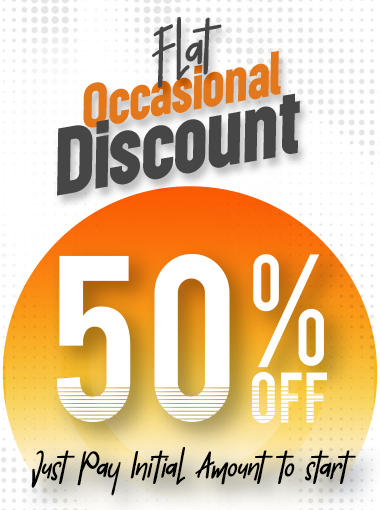Specific Elements Needed in How to Website Design for an E-Learning Platform
Creating a successful e-learning platform demands a thoughtful integration of key elements of custom website design to optimize user experience and foster effective learning. The foundation begins with an intuitive navigation system that guides users flawlessly through the platform. A well-structured menu and hierarchy, combined with a user-friendly dashboard, offer learners a clear path to their courses and a snapshot of their progress, enhancing overall usability.
Course listings and descriptions play a crucial role in helping users make informed decisions about their learning journey with experts from affordable website design services help. Detailed information, including learning objectives, course duration, and instructor profiles, aids users in selecting the courses that align with their goals. Emphasizing multimedia content integration further enriches the learning experience, accommodating diverse preferences. Support for videos, interactive quizzes, and downloadable resources ensures a dynamic and engaging cheap website design deal platform.
Responsive design is paramount in today's multi-device landscape. Users access content from desktops, tablets, and smartphones, necessitating a design that seamlessly adapts to different screen sizes. This responsive approach guarantees a consistent user experience across various devices with the best website design help, fostering accessibility and convenience for learners on the go. Moreover, user profiles that allow learners to track their progress and engage with a personalized dashboard contribute to a more individualized and engaging learning journey.
To cultivate a sense of community and collaboration, discussion forums and social features are instrumental. These elements empower learners to interact with instructors and peers, facilitating knowledge-sharing and collaborative learning. Assessment and progress tracking features provide instant feedback, enabling users to monitor their advancement through courses. Strategic placement of clear calls-to-action guides users through the learning journey, prompting them to enrol in courses, take assessments, or explore additional resources.
For an all-encompassing e-learning experience, buy a website design service online for gamification elements like badges, certificates, and leaderboards motivate learners to actively participate and complete courses. Search functionality is essential for users to quickly locate courses or specific topics of interest within a large catalogue. Mobile app compatibility extends accessibility, allowing users to engage with content on their terms. Security is prioritized with the integration of secure payment gateways for platforms offering paid courses. Finally, compliance with accessibility standards ensures that the platform caters to all users, including those with disabilities, adhering to principles such as WCAG. Incorporating these elements into the design of an e-learning platform creates a holistic, engaging, and effective educational environment.
Related Blogs
- Creating Engaging Social Media Graphics for Digital Marketing Success
- How to Use Custom Hashtags in Social Media Digital Marketing Posts
- How to design Social Media Thumbnails
- Get Details of the best Digital Marketing Companies
- Website Design Optimization Process
- Ways to Use Template or Theme with No Coding Website Design Experience
- Design WebAssembly (Wasm) Website Development
- How to Optimize Website Loading Speed?
- Google Sites: Best Online Website Design Builders
- What Are the Best Hosting Platforms for The Website Design?
- Specific Elements Needed in How to Website Design for an E-Learning Platform
- Agile Marketing: The Key to Keeping Up with Marketing Trends
- How to Avoid Ad Fatigue in Modern Digital Marketing Campaigns in 2024?
- How to Do Mastery of AI Assisted Tools in Digital Marketing?
- Tips to Migrate Html Blog Site to WordPress
- How to Set up GA4 Analytics for our Website for Enhanced Digital Marketing?
- Learn Spline 3D Design Integrating Spline/Webflow On Website Design Landing Page
- Importance of Source Files as AI, EPS, PDF, JPG, PNG Logo File Design
- Process of Low-Coding Website Design
- Tips to Remove Noise from Social Media Marketing Videos
- Tips for Divi Theme Site Optimization for Website Development
- How to Develop Carousal Style Websites?
- Open Source Integrated Web Development Environment
- Tips for CSS for a New Website Project to Modify Style of Search Bar
- How to Develop Online Store on Shopify Development
- Tips for Website Design for PSEE Basler Model Creation/Verification
- Tips for Dynamic Customized Website Design Using JavaScript Arrays
- How to Do Klaviyo Setup Assistant for Digital Marketing?
- Guide to Use Website Development Methodology Using AngularJS
- Importance of Using Flat Website Design to Enhance Brand Message
- How to Include Social Media Connectors in Website Development?


